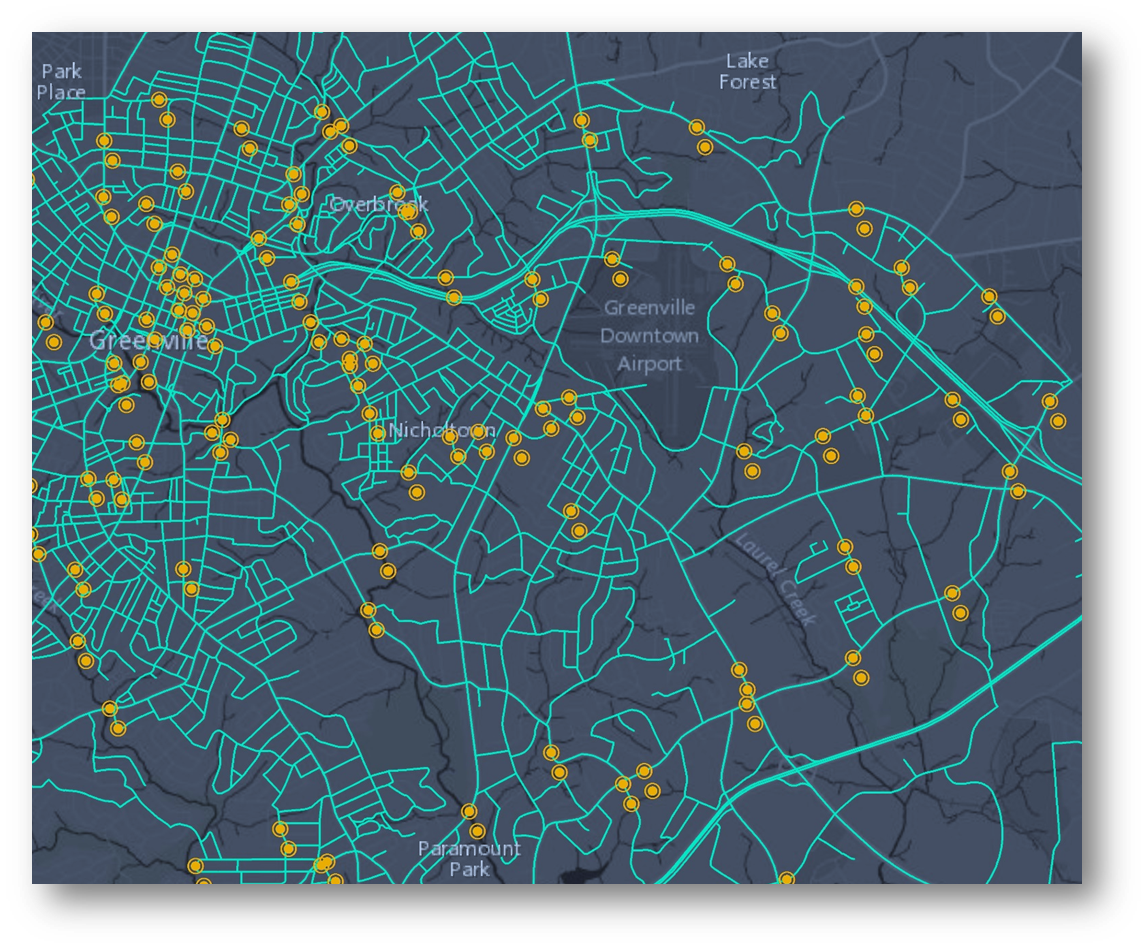-
HTC computing enables knee research
High-throughput computing plays pivotal role in knee biomechanics research
-
Island Facilitation
Foster’s rule (also known as the island rule or the island effect) is an ecogeographical rule in evolutionary biology stating that members of a species get smaller or bigger depending on the resources available in the environment. Source: https://en.wikipedia.org/wiki/Foster’s_rule Cyberinfrastructure at the University of Hawaii is relatively new and small compared to the other organizations…
-
When a lot of little things add up to a lot of time; HTCondor to the rescue

A student sits at his desk, fretting. The clock is ticking, the deadline is looming, and the giant mound of data he desperately needs processed remains, stubbornly and unabashedly, unaltered. He’s tried many things, but it’s only him and his workstation against the monstrosity of information he’s attempting to subdue. His PC, by itself, is…